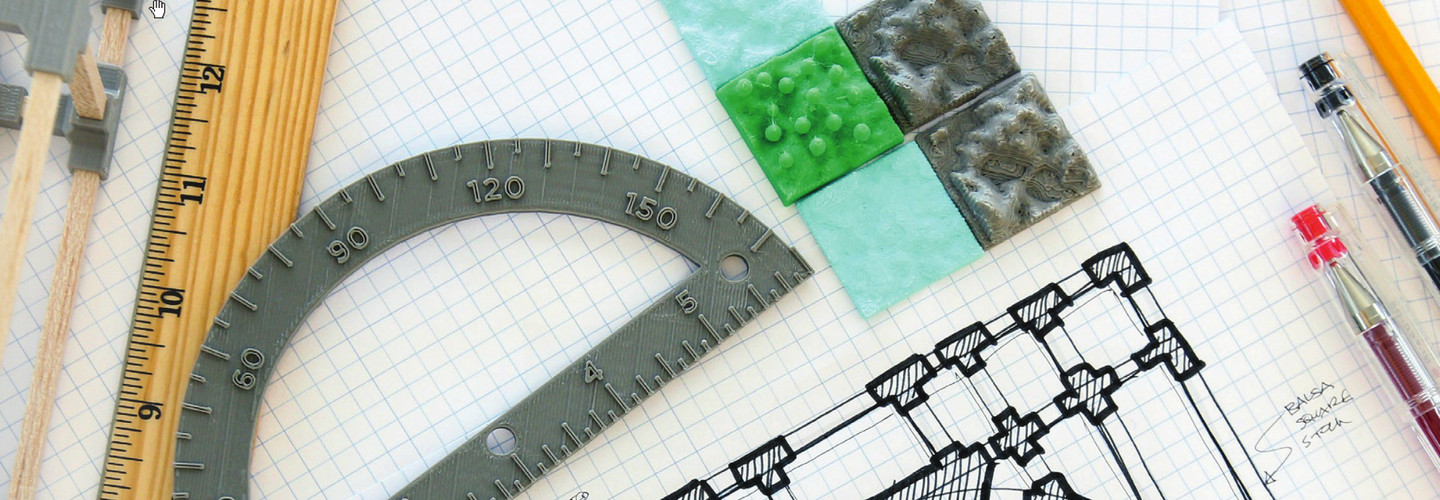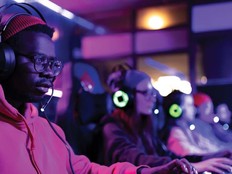Campus Technology 2015: Q&A with MakerBot's Jordan Brehove
Jordan Brehove, vice president of solutions at MakerBot, frequently works with universities to set up 3D printing and innovation centers. At Campus Technology in Boston on Wednesday, he was joined on the main keynote stage by Shawn Nason, chief innovation officer at Cincinnati’s Xavier University Center for Innovation, to discuss the many ways in which Xavier and other institutions leverage 3D printing on campus. Beyond the cool factor, Brehove says the technology has the potential to transform colleges into true centers of innovation, serve as a new revenue generator and attract new students and faculty. He sat down with EdTech during the conference to discuss those ideas and more.

Jordan Brehove, vice president of solutions at MakerBot
EDTECH: I think the value proposition of 3D printing for university students probably is top of mind for those weighing whether to deploy this technology and whether it's the best fit for their classrooms.
BREHOVE: Xavier University and Florida Polytechnic University both have MakerBot Innovation Centers at their universities. Florida Poly is a brand new university. They started a year ago, so their first incoming class was fall of 2014. So the big objective there for them was really to attract and retain the best talent, because who hears of a new university, right? It just doesn’t happen nowadays. They had to start from scratch, create a solid student body. So, at the center of the university, they put in an IBM supercomputer and a MakerBot Innovation Center as an anchor that would people bring in.
On every single campus tour, they stop by the MakerBot Innovation Center. People see in the windows, kind of fog up the windows and that type of stuff, and they have been really successful in getting applications up. They had about 3,000 applications last year, for 1,000 slots. They use the same type of approach for the faculty, and are attracting really cutting edge faculty.
Sometimes, people think about a makerspace or MakerBot Innovation Center in terms of, we want to optimize output, we want to just create stuff in the most efficient way possible and get it out the door. But other times, we want to bring in entire classrooms and get people to learn from each other and have cross pollination of ideas. A really good example there is at SUNY New Paltz, in the State University of New York system. There, the dean of the arts and dean of science and engineering are collaborating. They have a strong engineering program, and they also have a strong jewelry design program. If you can imagine, those two types of students aren’t really interacting much, they are not crossing paths in an academic setting. At their maker center, design students, jewelry design students, are both learning from engineers and engineers are learning how to put a design spin on their work. because they are seeing what someone else is printing. They are sharing ideas in that innovation center. Setting up a learning commons is a really big part of how to make something successful.
EDTECH: This has a very clear use case within engineering programs, within design programs. Where do you see this heading? What are the new skill sets required or future lesson plans?
BREHOVE: That’s a big question at universities. Universities and K–12 are coming to us, saying, “We get it, this technology is transformative, it's going to change worldwide supply chains, the way people design things, the way people think about manufacturing, but how do we get into it initially? How do we teach it?” Absolutely, there is a scarcity of skill set in the [3D printing] industry. There is a need for the design capability that goes into printing; there is a need for people to understand how to use additive manufacturing in 3D printing. So that means there is a requirement for universities and K–12 to educate. We are probably a couple years into that cycle of people really getting into it, but there are so many more teachers and professors who come to us and say, “I don’t know how to teach this.”
We have invested over the last several months to create MakerBot in the Classroom: a book — 144 pages — that provides modules to think about how to print, how to design. That gets professors started, so that they can insert those modules into existing 3D printing curriculum, but it also requires so much more.
There is so much that the people at Xavier are doing. Xavier is not an engineering school, it doesn’t even have an engineering program, but you have a professor who actually brought students together and had a class project where they printed a prosthetic for a service dog, and it's a great story.
EDTECH: The second part of that question is, how is the technology changing so that more students can be involved?
BREHOVE: Innovation centers offer accessibility at scale. If you think about it, most people hadn’t even heard of 3D printing six years ago. Today you have an accessible price point so people can get involved in 3D printing, and that grows very much in line with MakerBot’s growth. In the past year or two, we started thinking, alright, there are more than a couple people at the campus who need to access this, so how do you put dozens of 3D printers — 30, 50, 100 — in a location? It gets really difficult, really quickly. We realized at MakerBot that we had to invest in workflow software to tie them all together, to allow remote management and monitoring, both from an operator perspective and for the students accessing the printers.
If you get into the technology, you can obviously choose what’s most important to you. If you put yourself in the shoes of someone who is choosing to make an investment in all of this, you’re making an investment in technology that may very well change over just a couple of years. That’s what we have seen: MakerBot is in its fifth generation, and we are six years old.
Technology moves very quickly. So we figured out that we need an architecture that’s sustainable. If you look at the Replicator, you can pop this right off, this is the Smart Extruder, and this is the technology that’s changing all the time. So you have universities like Xavier, which purchased 31 of these, and they know that, with the newer technology when we release printing composites in maple wood, in limestone, in iron, in bronze, you can just change out that Smart Extruder and still have the most cutting-edge technology. This is kind of new and overcomes probably one of the major barriers previous to the MakerBot Innovation Center that people had a challenge with investing in significantly.
EDTECH: How many MakerBots do you think have been sold within U.S. higher education?
BREHOVE: I do not have an exact number on that, but we have sold more than 50,000 3D printers. Higher education is probably our largest overall customer and one of the areas that we are focusing on most heavily.
EDTECH: Why is that?
BREHOVE: I think there is a growth curve in the industry. You are talking about a new skill set. There is a need in businesses and in government for the skills that 3D printing builds. That’s actually one of the barriers to their continuing to grow as quickly as they could potentially grow. But those skill sets are going to be taught in K–12 and universities, so K–12 and universities recognize that, they are investing in it. In order to grow a healthy industry — and to really spread this around the world — going through K–12 and universities is the way.
EDTECH: Very cool.
BREHOVE: Oh, absolutely. We need leaders in the industry to really do thought leadership to change the way people are thinking. There is an inflection point that people get when they start to print because people go out onto Thingiverse, a repository of 3D files, and they print and they print and they print, but there is a certain moment when they realize, ‘I don’t need something that exists, I want something that doesn’t yet exist.’ It’s just a complete paradigm shift. So, as universities and leaders and people get out there and think about that in a variety of industries and disciplines, then we will really see incredible adoption. I mean, we are there, but I think that places like the MakerBot Innovation Centers are where leaders can get together and make major changes.








